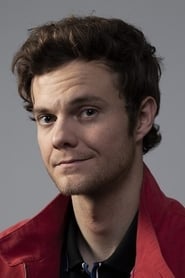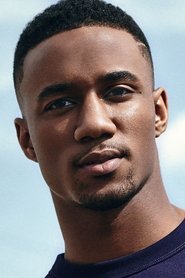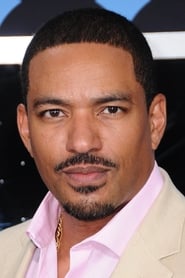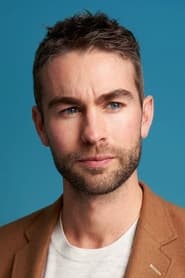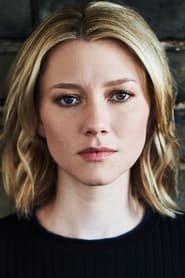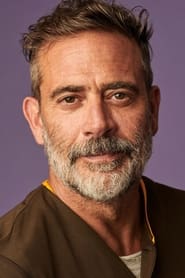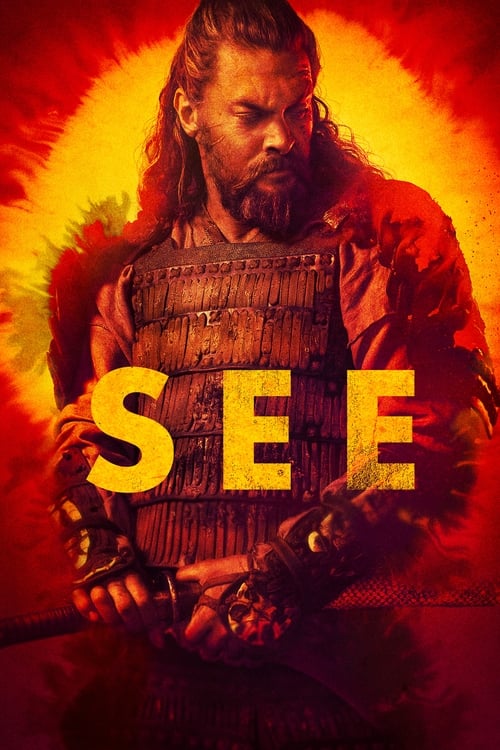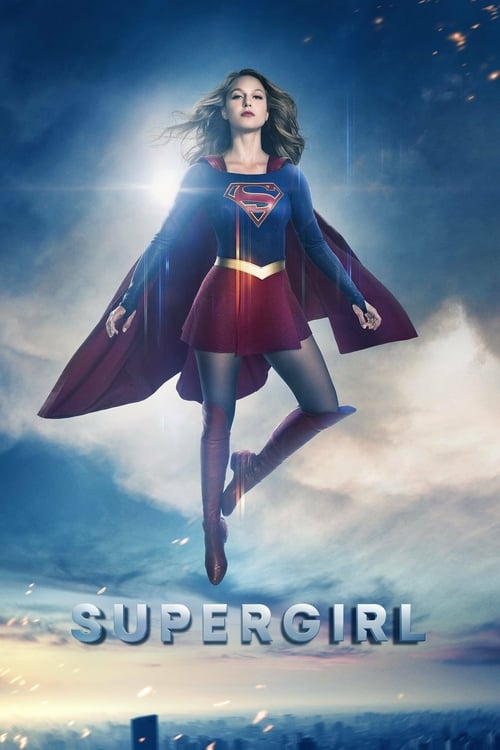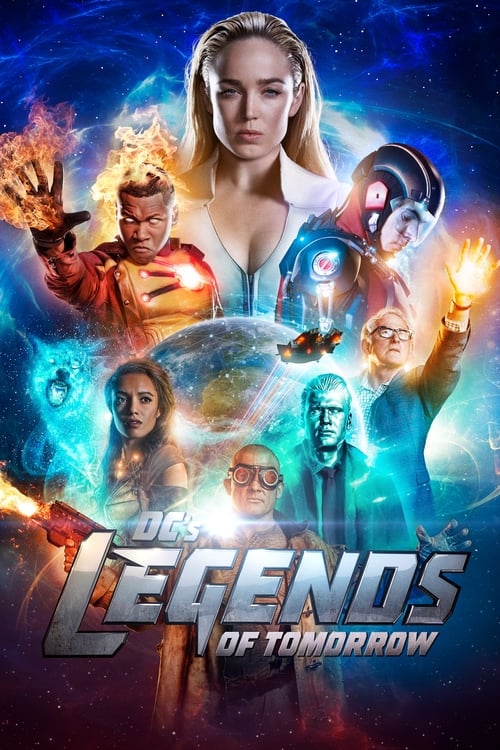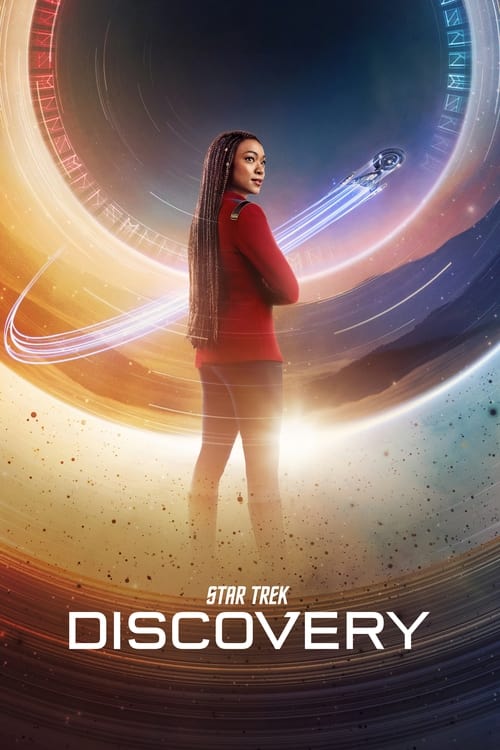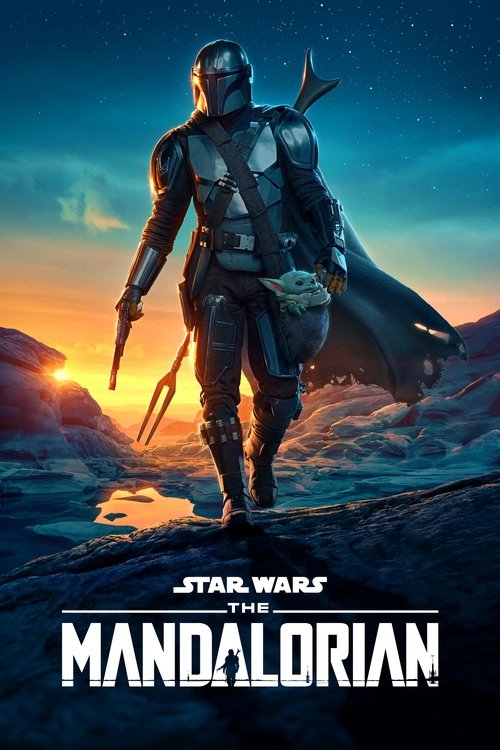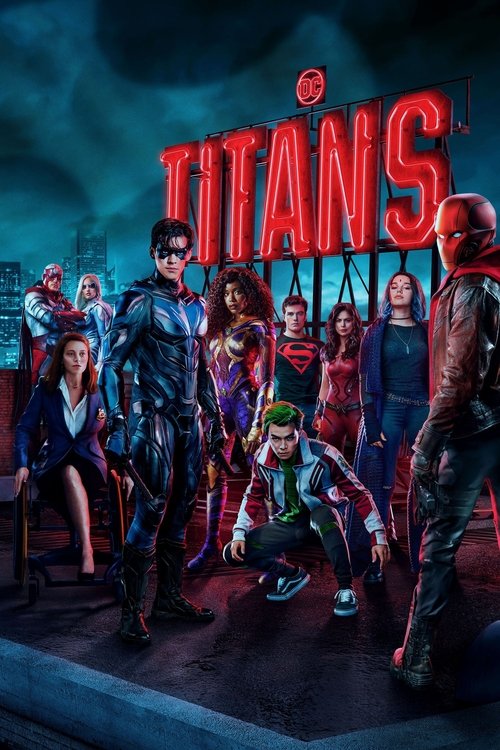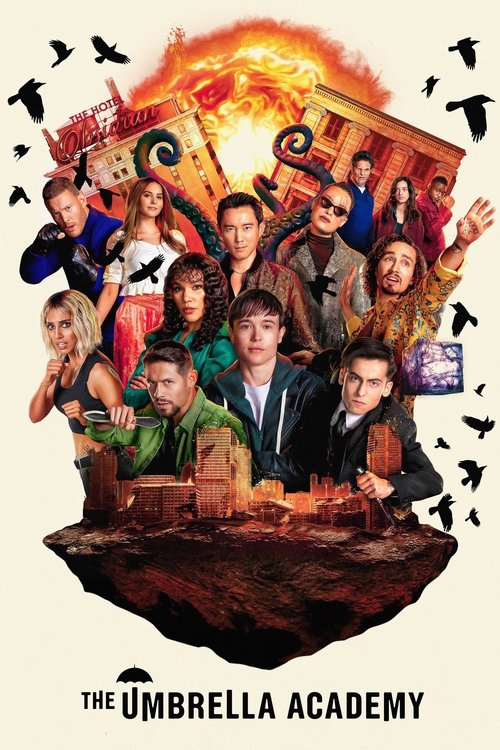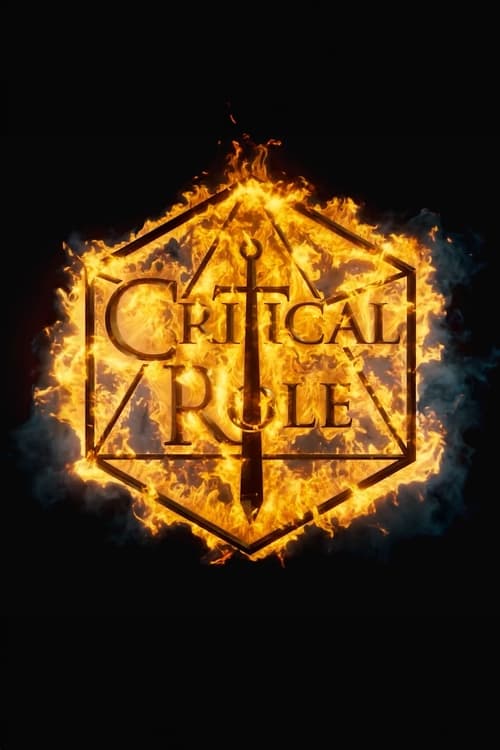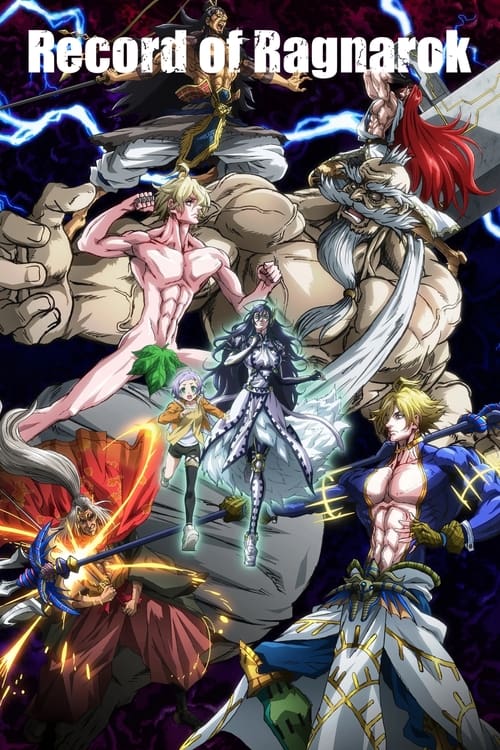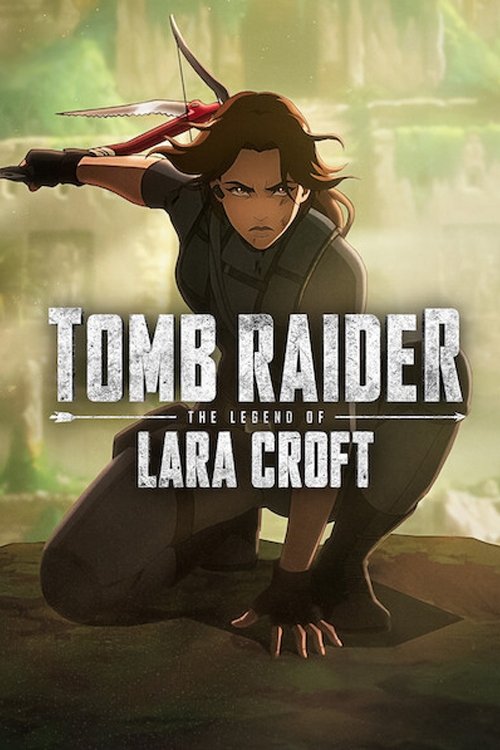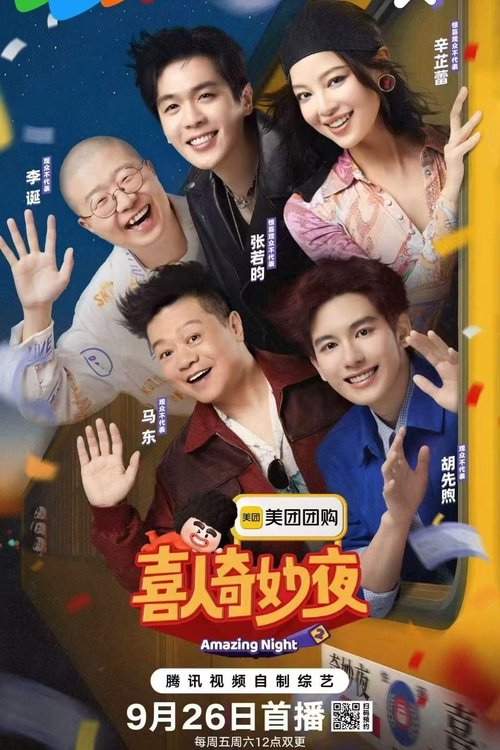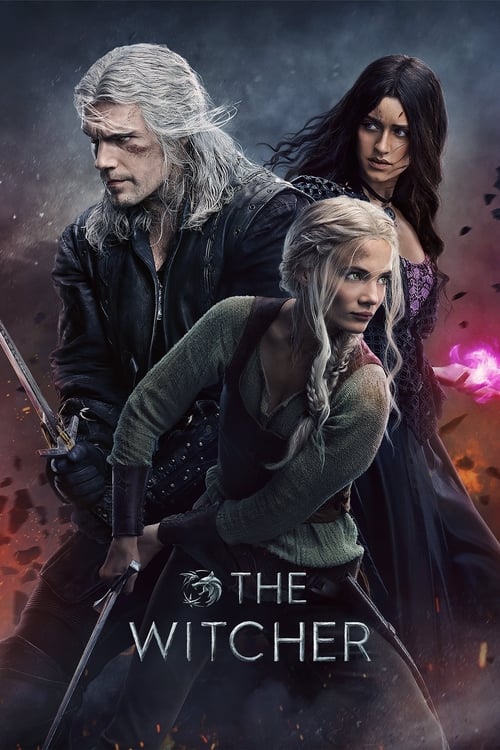
Ask Your Own Question
What is the plot?
The episode begins with a polished corporate video produced by Vought International, showcasing the company's various superhero teams and their contributions to society. The video opens with upbeat music and bright visuals, featuring the Seven, Vought's premier superhero team, as they engage in heroic acts. The camera pans over the city, highlighting the presence of superheroes in everyday life, with citizens expressing admiration and gratitude.
As the video progresses, it introduces each member of the Seven, starting with Homelander. He is depicted as the ultimate hero, saving a child from a burning building, with the narrative emphasizing his strength and charisma. The footage is interspersed with testimonials from fans and citizens, who praise Homelander's bravery and dedication. The tone is overwhelmingly positive, designed to bolster Vought's public image.
Next, the video shifts focus to Queen Maeve, showcasing her in action during a rescue mission. The visuals highlight her combat skills and leadership qualities, with clips of her saving civilians from various disasters. The narrative frames her as a strong, independent woman, reinforcing Vought's commitment to diversity and empowerment. The testimonials continue, with fans expressing their admiration for Maeve's strength and resilience.
The video then transitions to A-Train, who is shown running at super-speed to thwart a robbery. The footage captures his agility and quick thinking, with the narrative emphasizing his role as a protector of the community. A-Train's flashy persona is highlighted, and the testimonials reflect the excitement he brings to his fans, showcasing the thrill of his super-speed abilities.
Following A-Train, the video introduces The Deep, who is depicted in a more humorous light. Clips show him interacting with marine life and performing stunts in the water. The narrative attempts to frame him as a lovable character, despite his less serious demeanor compared to the other heroes. Testimonials from fans highlight his charm and appeal, though the tone is slightly more comedic.
The video then features Black Noir, showcasing his stealth and combat skills in a series of action-packed sequences. The narrative is more mysterious regarding his character, with minimal dialogue and a focus on his physical prowess. The testimonials are sparse, reflecting the enigmatic nature of Black Noir, but they still convey a sense of awe and respect for his abilities.
As the video nears its conclusion, it highlights the importance of Vought's corporate responsibility initiatives. Clips show Vought's involvement in community service and charitable events, with employees and heroes alike participating in various philanthropic efforts. The narrative emphasizes Vought's commitment to making the world a better place, reinforcing the company's image as a benevolent force.
The final segment of the video features a montage of the Seven in action, intercut with scenes of everyday citizens expressing their gratitude. The upbeat music crescendos, creating a sense of unity and hope. The video ends with a call to action for viewers to support Vought and its heroes, encouraging them to engage with the brand and its initiatives.
Throughout the video, the underlying message is clear: Vought International is portrayed as a force for good, with its superheroes embodying the ideals of heroism and community service. The polished production and carefully curated testimonials create a façade of perfection, masking the darker realities of the superhero industry and the true nature of the characters involved.
What is the ending?
In the ending of "Vought Corporate Video," the episode concludes with a satirical portrayal of Vought International's corporate culture, showcasing their manipulative marketing strategies and the superficiality of their public image. The video emphasizes the company's commitment to heroism while glossing over the darker realities of their operations and the moral compromises made by their superheroes. The episode ends with a stark contrast between the polished corporate image and the underlying corruption, leaving viewers with a sense of unease about the true nature of power and heroism.
As the episode unfolds, it begins with a bright, upbeat corporate video that introduces Vought International as a beacon of hope and heroism. The screen is filled with vibrant visuals of superheroes in action, saving civilians and fighting crime, all set to an inspiring soundtrack. The narrator, with a charismatic tone, extols the virtues of Vought's superheroes, presenting them as paragons of virtue and bravery.
Scene transitions show various superheroes, including Homelander, Queen Maeve, and A-Train, engaging in heroic acts. The camera captures their smiles and the adoration of the public, creating an illusion of a perfect world where these heroes are selfless and dedicated to the greater good. However, as the video progresses, subtle hints of the darker side of Vought begin to emerge.
The tone shifts slightly as the video introduces the concept of "collateral damage," with clips of incidents where Vought's heroes have caused destruction. The narrator attempts to downplay these moments, framing them as necessary sacrifices for the greater good. This juxtaposition highlights the dissonance between the company's public relations narrative and the reality of their actions.
As the video continues, it showcases Vought's corporate structure, emphasizing the importance of profit and marketability over genuine heroism. The executives are portrayed as slick and polished, discussing strategies to enhance the brand image of their superheroes. The focus on financial gain reveals the underlying motivations of Vought, contrasting sharply with the heroic facade presented earlier.
The episode culminates in a montage that juxtaposes the polished corporate image with the grim realities faced by those affected by the superheroes' actions. The final scenes depict the aftermath of a catastrophic event caused by one of Vought's heroes, with civilians in distress and the media frenzy that follows. The narrator's voice becomes increasingly dissonant, as the upbeat music clashes with the somber visuals, creating a jarring effect.
In the closing moments, the video fades to black, leaving viewers with a lingering sense of discomfort. The fate of the main characters, represented in the video, remains tied to the corporate narrative of Vought. Homelander, despite his dark tendencies, continues to be the face of the company, embodying the duality of heroism and villainy. Queen Maeve, while still a part of the team, is shown grappling with her own disillusionment. A-Train, caught in the cycle of fame and pressure, remains a pawn in Vought's game.
The episode ends without resolution, emphasizing the ongoing conflict between the ideals of heroism and the corrupting influence of power and profit. The final image of the Vought logo lingers on the screen, a stark reminder of the complexities and moral ambiguities that define the world of "The Boys."
Is there a post-credit scene?
In the episode "Vought Corporate Video" from the series "The Boys," there is no post-credit scene. The episode primarily serves as a satirical corporate video produced by Vought International, showcasing the company's superheroes and their various products and services. It highlights the marketing strategies and public relations efforts of Vought, presenting a polished and overly positive image of their superheroes, while subtly hinting at the darker realities behind the scenes. The focus remains on the corporate narrative without any additional scenes or content after the main credits.
What is the purpose of the Vought Corporate Video in the episode?
The Vought Corporate Video serves as a satirical promotional tool that showcases the company's image and its superheroes, highlighting their supposed heroism and the positive impact they have on society. It aims to present Vought as a benevolent corporation while glossing over the darker realities of their operations.
How does the video portray the superheroes, particularly Homelander?
The video portrays superheroes like Homelander as larger-than-life figures, emphasizing their strength, charisma, and dedication to saving lives. Homelander is depicted as the ultimate hero, embodying American ideals, but the underlying tone hints at his narcissism and the manipulative nature of his character.
What role does the character of Madelyn Stillwell play in the corporate video?
Madelyn Stillwell is featured prominently in the corporate video as a spokesperson for Vought. She exudes confidence and charm, promoting the company's values and the superheroes' contributions to society, while subtly reinforcing the corporate agenda and the exploitation of the heroes.
How does the video address the public's perception of superheroes?
The video attempts to shape public perception by presenting a sanitized view of superheroes, portraying them as selfless protectors of humanity. It downplays any controversies or negative incidents involving the heroes, aiming to maintain a positive image and distract from the darker truths about their actions.
What emotional tone does the corporate video convey about the relationship between Vought and the superheroes?
The emotional tone of the corporate video is one of admiration and pride, suggesting a close-knit relationship between Vought and the superheroes. However, there is an underlying sense of manipulation, as the video glosses over the exploitation and control Vought exerts over the heroes, creating a dissonance between the presented image and the reality.
Is this family friendly?
The episode "Vought Corporate Video" from "The Boys" is not family-friendly and contains several potentially objectionable or upsetting aspects.
-
Violence: The episode features graphic depictions of violence, including scenes that may show the consequences of superhuman powers in a brutal manner.
-
Dark Humor: The humor is often dark and satirical, which may not be suitable for younger audiences or sensitive viewers.
-
Mature Themes: There are themes related to corporate greed, exploitation, and the moral ambiguity of superheroes that may be difficult for children to understand.
-
Language: The dialogue includes strong language that may be inappropriate for younger viewers.
-
Sexual Content: There are references to sexual situations and innuendos that may not be suitable for children.
-
Emotional Distress: The portrayal of characters dealing with trauma and moral dilemmas can be intense and may evoke strong emotional reactions.
Overall, the content is geared towards an adult audience and may not be appropriate for children or sensitive individuals.



